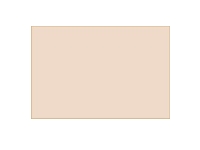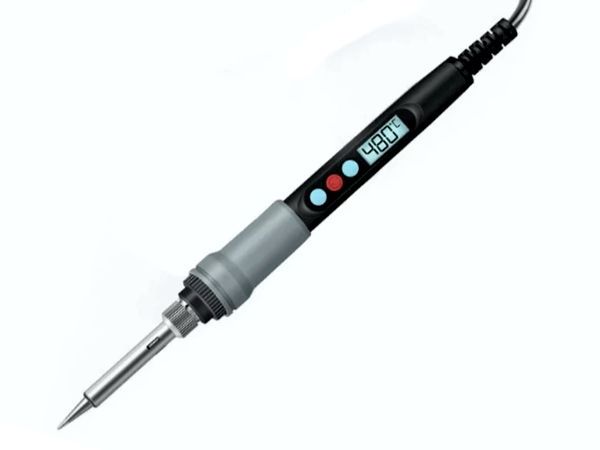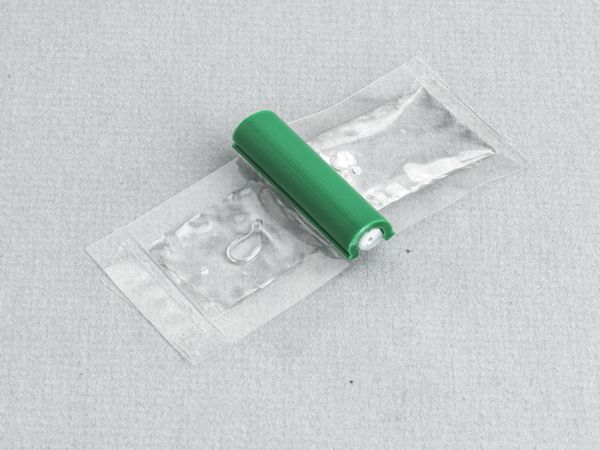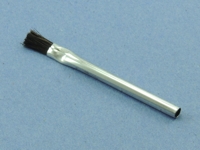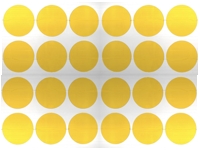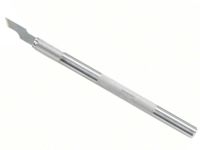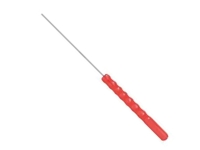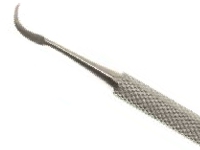|
Outline
This method is used to repair damaged and lifted conductors. Dry film epoxy is used to rebond the lifted conductor.
|
|||||||||||||||||||||||||||||||||||||||||||
|
Procedure
Procedure
Evaluation
|
|||||||||||||||||||||||||||||||||||||||||||
Images and Figures
Lifted Conductor Repair, Film Adhesive Method

Figure 1. Cut out a piece of dry film epoxy and place it under the lifted conductor.
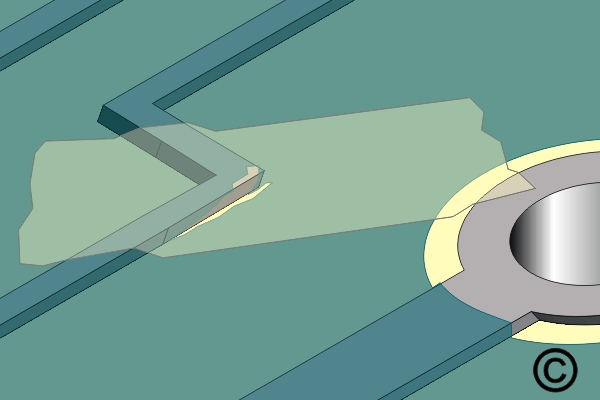
Figure 2. Place high-temperature tape over the lifted conductor.

Figure 3. Completed repair.
|
|||||||||||||||||||||||||||||||||||||||||||
4.1.2 Lifted Conductor Repair, Film Adhesive Method
Procedure to repair lifted conductors and circuits using a dry film epoxy method.
Minimum Skill Level: Intermediate
Conformance Level: High
REQUEST FOR QUOTE GUIDES INDEX

Lifted Conductor Repair, Film Adhesive Method

Cut out a piece of dry film epoxy and place it under the lifted conductor.

Place high-temperature tape over the lifted conductor.

Completed repair.

This clear, low-viscosity, superior-strength epoxy is ideal for many circuit board repair and rework uses.
LEARN MORE

Circuit Frames have a dry-film adhesive backing to ensure the delicate repair procedure is easy, fast, and highly reliable
LEARN MORE

We're here to help with all your challenging circuit board and electronic component rework and repair needs.
LEARN MORE
SLIDESHOW STARTING
❮
❯

